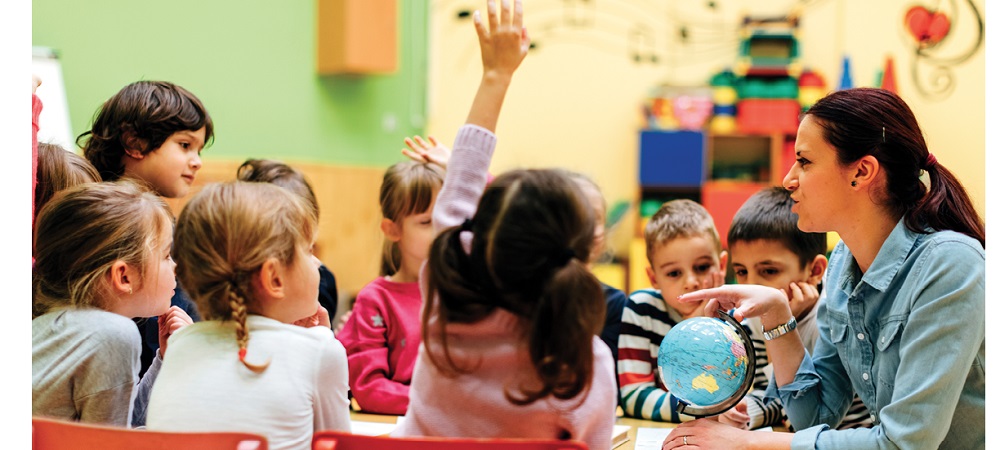As teachers, our aim is to ensure that information is learned and understood by our students. This is generally done well, but a lot of the material taught may be forgotten over the coming weeks. Memory researchers point out that we can’t help some forgetting, but steps can be taken to reduce it. One simple option is to increase the gaps of time between initial learning and consolidation work by spacing out learning over time.
Simply saying, the spacing effect is a re-study activity after a gap which will bring in better retention of what was learned. Over longer time scales, repetition will remind learners of their earlier learning experiences by activating relevant memories and making them easier to be accessed in the future. Let them break up study sessions into smaller and manageable chunks, and spread them out over time. Researchers call it the ‘spacing effect,’ and it is an incredibly powerful and easy way to enhance long-term retention.
For the teacher, the effect implies that there are diminishing returns to studying a set of material within a single session. Rather than teaching a concept and then immediately reinforcing it through a series of activities, it may make more sense to build in a time delay, using the same practice problems but doing so on another day.
The spacing effect allows more time for conceptual understanding to develop and helps to reduce forgetting. It also allows for several re-study opportunities. Researchers found that after an initial learning phase, students benefit from at least three attempts to recall concepts, at widely spaced intervals. For independent revision too, students can split revision sessions throughout a semester/term rather than immediately prior to an exam.
Some uncertainties remain in the spacing research and one of them is how long the delay before revisiting a topic should be. It may not be possible to give an exact answer, as this depends on the nature of the material and students’ knowledge and abilities. It remains, therefore, for the teachers to use their professional judgement to schedule review sessions.
The most important masterskill our students can learn is how to learn. Learning allows them to adapt. As Darwin hinted, it is not the strongest who survives. It is the one who easily adapts to a changing environment. Learning how to learn is a part of a “work smarter, not harder” approach to life. Our time is precious, and we don’t want to waste it on something which will just be forgotten.
Today, our students are not taught how to learn in school, but are taught how to pass tests. In such a situation the spacing effect is an effective way to learn and retain information that works with our brain instead of against it. Learning should be spaced and it is not a race.
Leave a Reply Cancel reply
WhatsApp us

